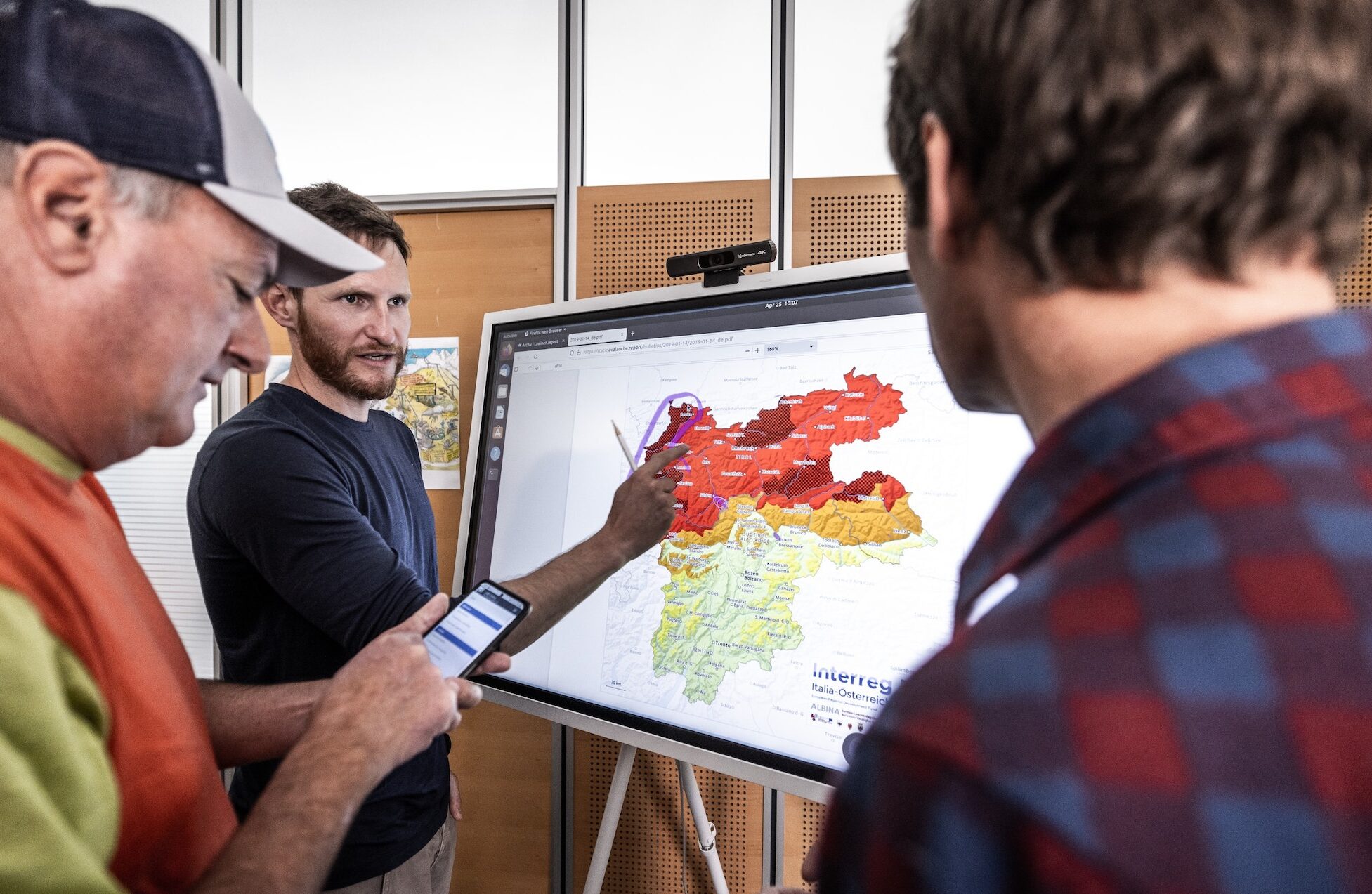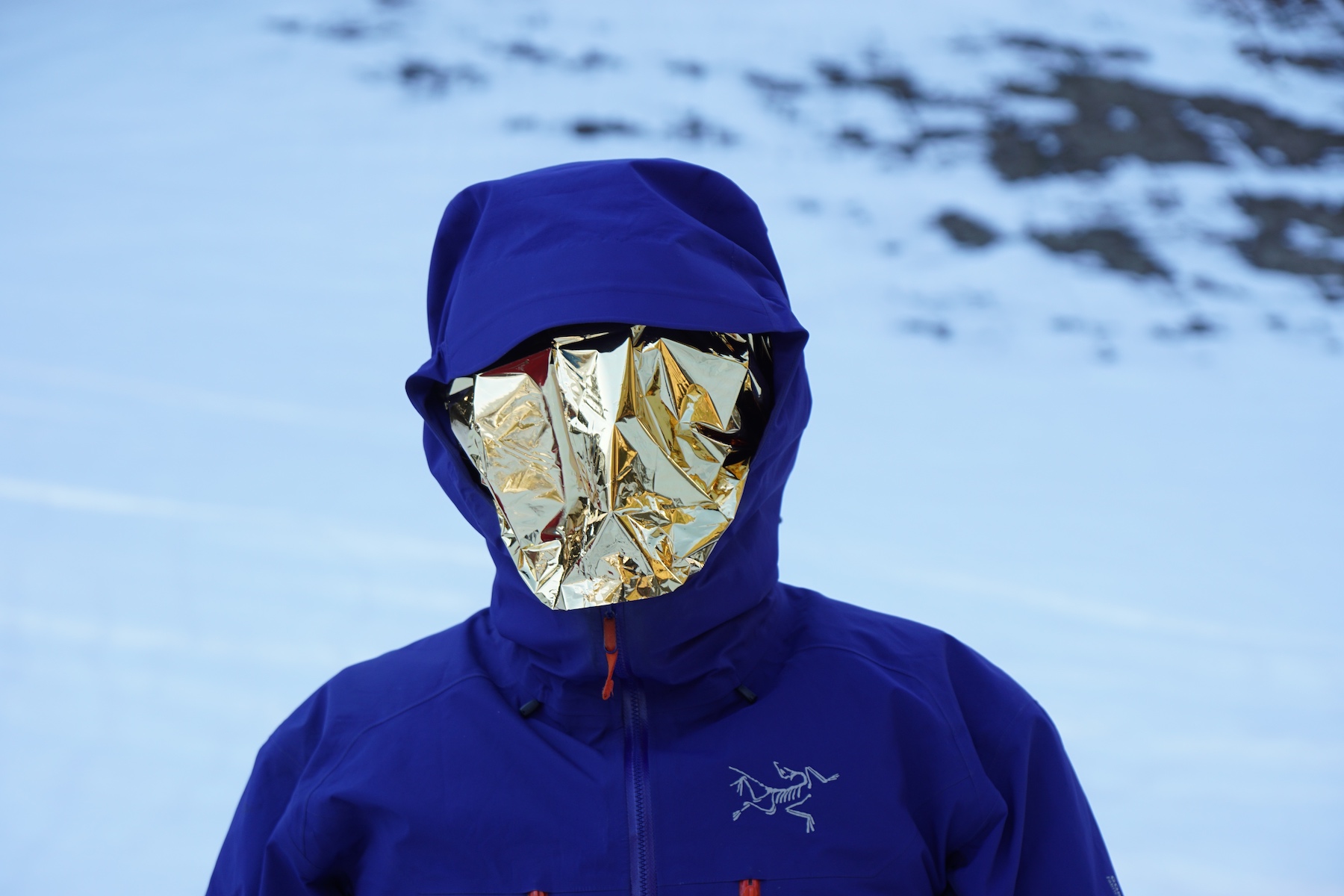
What is an avalanche bulletin?
An avalanche bulletin is a publication by the avalanche warning services that contains detailed information on the current state of the snow cover snowpack, its development for the next day and the resulting avalanche danger.


